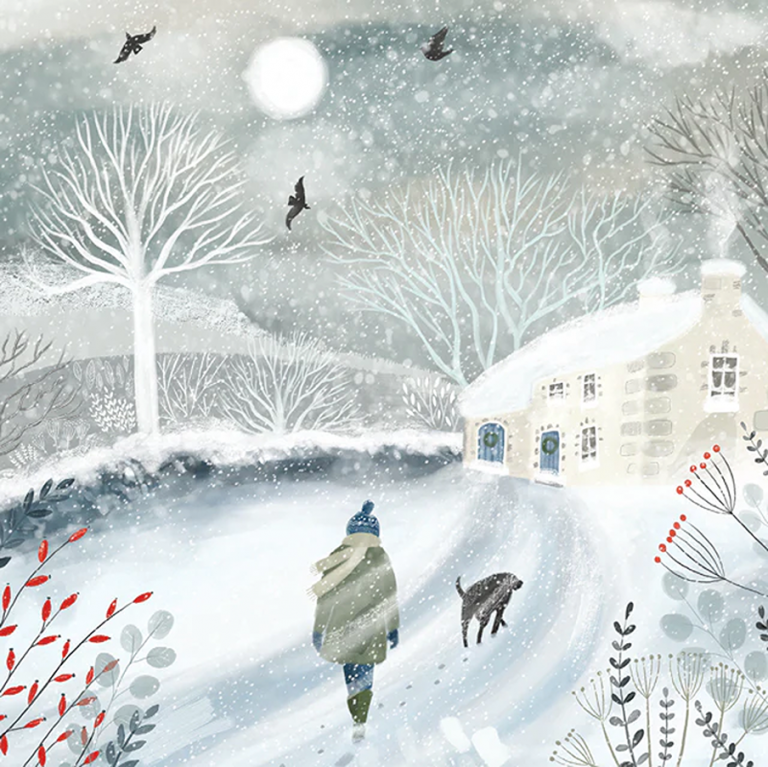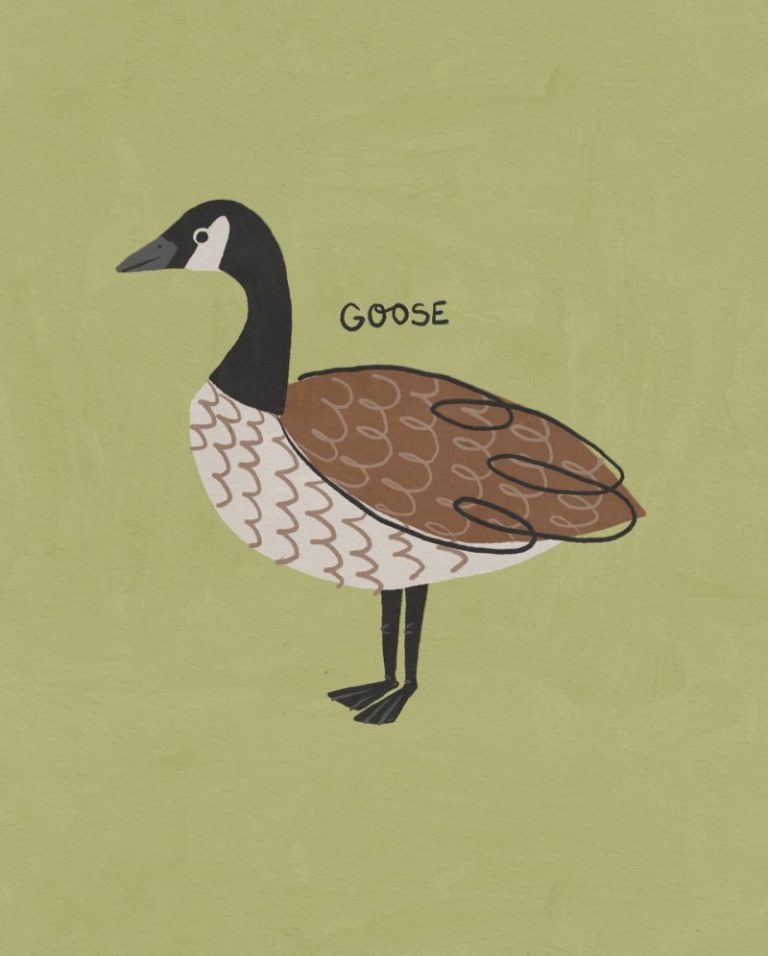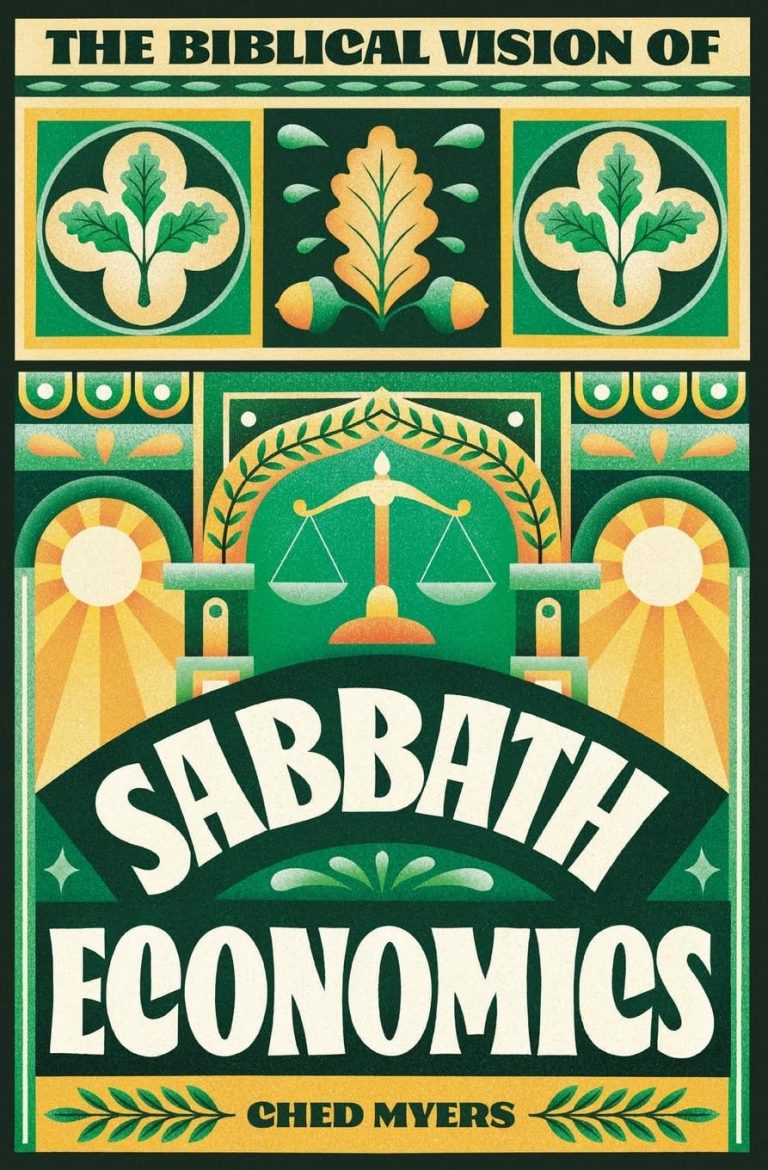
Nothing gets into the Christmas spirit quite like a rousing carol. In England, singing together is a tradition that brings friends, family, and neighbours closer each year. Some songs spark childhood memories, while others feel brand new thanks to more recent artists and streaming habits.
England has its clear favourites, with classics like “Silent Night” still leading the way. There’s real history behind these tunes, but you’ll also find modern voices weaving into the mix. This post looks at where carols began, which ones the nation still loves most, how playlists shape today’s favourites, and all the ways people come together to sing during the festive season.
Read our post on keeping pets safe at Christmas (foods, plants including holly and mistletoe, and other hazards).
Historical Roots of Christmas Carols
The story of English Christmas carols stretches back hundreds of years. Their journey weaves together sacred hymns, homespun tunes, and a fresh spark during the Victorian age. Today, when we hear favourites like “God Rest Ye Merry Gentlemen” or “The First Noel”, we are joining a tradition shaped by monks, minstrels, songwriters, and families around the fire.
Medieval Hymns and Early Folk Tunes
In medieval times, most Christmas songs were church hymns sung in Latin. Monks and choirs would fill stone cathedrals with serious, chant-like melodies. These hymns, while moving, felt distant to many who didn’t understand Latin.
As time went on, some of these songs were translated into English, making them easier to sing outside church walls. Ordinary people began to add folk rhythms and catchy refrains to the mix.
This shift meant that Christian stories blended with everyday feelings and music. The early “carol” was more of a dance-tune, with people sometimes singing in a circle, hand in hand.
By the late Middle Ages, a handful of carols started to sound familiar. Songs like “The First Noel” had their roots in the folk style, combining simple English lyrics with a melody that was easy to remember.
Carols started to leave the church and show up in homes, markets, and even pubs. The joy of Christmas reached past the altar into streets and kitchens.
Key traits of medieval and early carols:
- Started as Latin hymns in churches, then moved into English
- Mixed with local folk melodies and themes
- Used repeating choruses, which made them easy for groups to sing
- Spread by word of mouth, not sheet music
These early songs set the stage for carols to become a living part of English life, not just church tradition.
Victorian Revival and Publication
Centuries later, the Victorian age breathed new life into carol singing. As Christmas grew in importance on the social calendar, traditions that had faded were polished and brought back into homes and town squares.
Two names stand out here: Henry Ramsden Bramley and John Stainer. In 1871, they published “Christmas Carols, New and Old”, a book that brought together familiar carols with new arrangements. For the first time, families and choirs had a go-to collection in print, sparking a wave of singing from drawing rooms to country parishes.
Stainer’s arrangement of “God Rest Ye Merry Gentlemen” and Bramley’s verse for “The First Noel” captured the spirit of the age, blending rich harmony with folk charm.
Victorian collectors also travelled the countryside, notebook in hand, preserving old tunes sung by farmers, tradesmen, and schoolchildren. Many of these songs, such as “O Come, All Ye Faithful”, were stitched together from a mix of church, folk, and European influences.
Highlights of the Victorian revival:
- Printed carol books made songs easy to share
- Collectors and composers saved country carols from being forgotten
- Carols moved from churches into homes, schools, and public places
This period planted the idea that carols belong to everyone, whether sung in church pews, at front doors, or beside family fires. It was a true revival that set the stage for the traditions we know and love today.
Classic Carols That Still Top the List
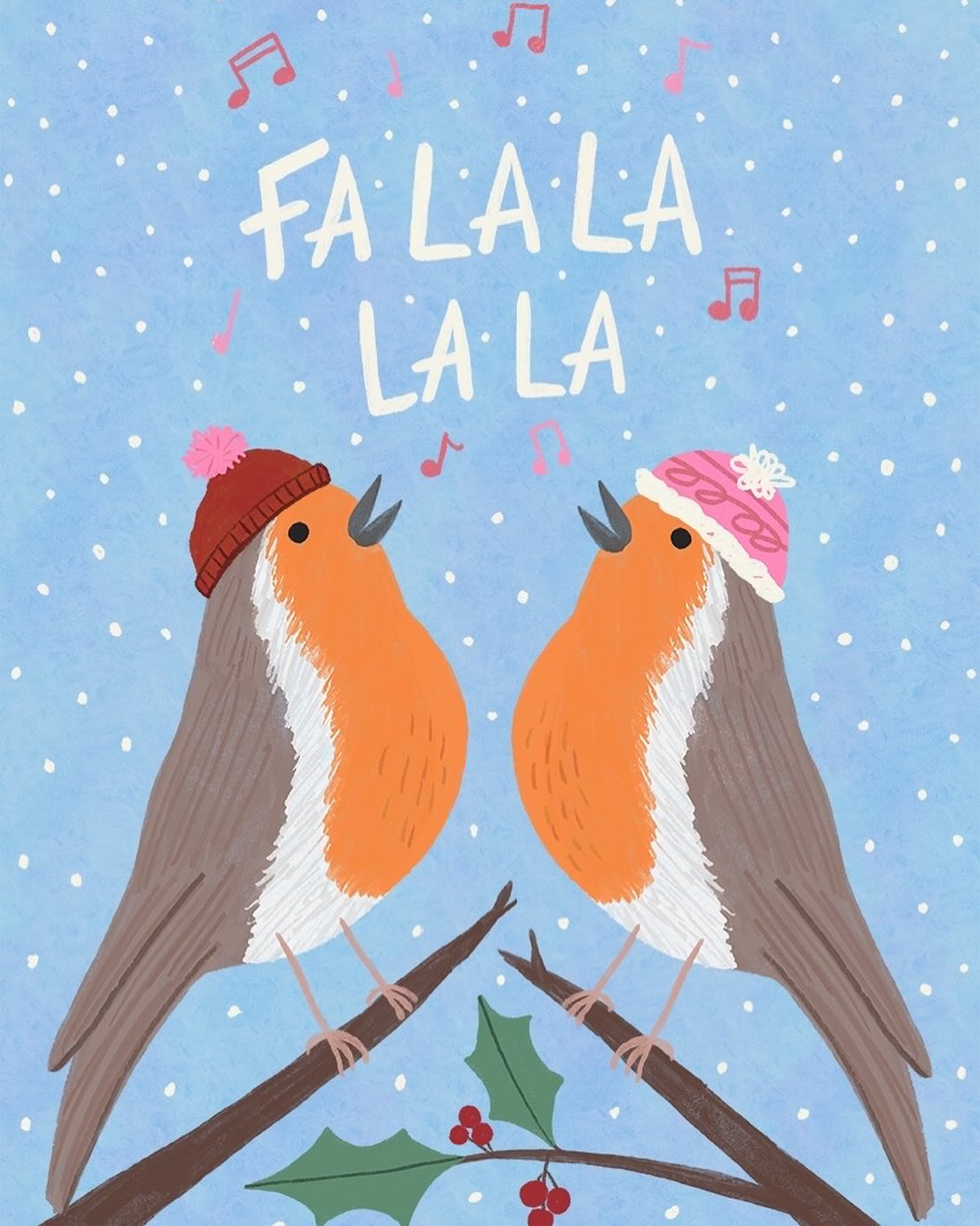
Across England, a handful of Christmas carols return year after year, sung in homes, churches, schools, and on the radio. These favourites have stood the test of time because they feel both comforting and grand.
From surveys and choir playlists to radio stations that dust off their seasonal hits, a core group of songs rises to the top. Here are the classics people most often choose, plus a short look at why each one keeps its place at the heart of our celebrations.
“O Holy Night” and “O Come All Ye Faithful”
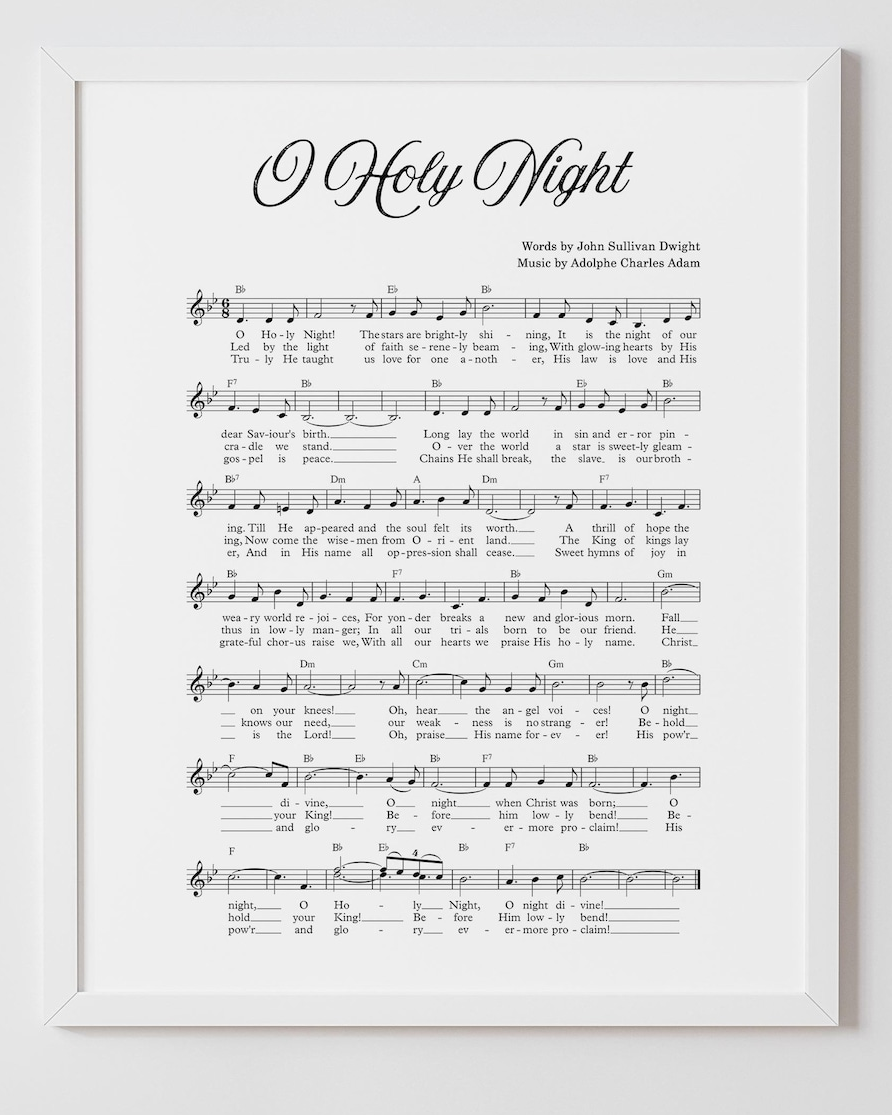
These two carols have a power that makes people stop and listen, whether they’re heard at midnight mass or playing softly in a shop.
- “O Holy Night“ is known for its dramatic melody and sweeping chorus, which gives it a special place at big church services. Soloists often love it for the chance to show off their voice, but the message is simple enough for everyone to join in. It usually appears during late-night or candlelit services, adding a sense of awe to the moment.
- “O Come All Ye Faithful” carries a punchy tune that invites everyone to sing along. The “O come, let us adore Him” chorus feels like an open invitation. You’ll hear it on radio, in carol concerts, and every Christmas Eve broadcast from churches large and small.
People come back to these songs because the melodies are bold and the words capture the sense of joy and wonder that fills the season.
Why they endure:
- Strong, memorable choruses
- Regular use in church services
- Frequent radio and TV play during the holidays
“Hark! The Herald Angels Sing” and “The First Noel”
You can count on these two for big singalongs. They fill playgrounds, school halls, and charity concerts with their easy tunes and welcoming words.
- “Hark! The Herald Angels Sing” sounds grand enough for a cathedral but familiar enough for a classroom. Its memorable opening line gets everyone started, even if they don’t know all the verses. It’s often picked for carol concerts because it’s rousing but not too tricky.
- “The First Noel” has a gentle, folksy feel. Its story and simple chorus mean people of any age can join in. No matter the setting—church, shopping centre, or care home—this carol brings people together with its hopeful message.
Children, parents, and grandparents all know these tunes, which helps keep them alive each year. Schools and communities choose them because they’re easy to teach and get whole rooms singing.
Why they’re singalong staples:
- Simple, catchy melodies
- Popular at public events and fundraisers
- Easy for groups to learn together
“Silent Night”, “Away in a Manger”, and “Once in Royal David’s City”
These gentle carols are made for moments of quiet reflection. They suit candlelit services, late night broadcasts, and the soft echo of a cathedral.
- “Silent Night” is a favourite at Midnight Mass. Its slow pace and calming tune help create a peaceful mood. The story of a silent, holy night connects with a sense of calm at the end of a busy December.
- “Away in a Manger” is a staple for young children. Its lullaby feel and simple words mean it’s often the first carol kids learn at school or nursery. Choirs and parents appreciate its sweetness and gentle flow.
- “Once in Royal David’s City” starts many traditional services, especially the well-known King’s College, Cambridge broadcast. A boy’s solo often opens the song, sending shivers through the audience as lights dim and candles flicker.
These carols stay popular because they set a gentle, reflective mood, reminding everyone of quieter moments in the Christmas story.
Where you’ll hear them most:
- Candlelit and Midnight services
- School nativity plays
- Traditional cathedral broadcasts
“Good King Wenceslas” and “God Rest Ye Merry Gentlemen”
Folk stories and catchy refrains bring these carols to life in settings from cosy pubs to lively street corners.
- “Good King Wenceslas” tells a story that’s easy to follow and fun to act out. Pub singalongs and folk festivals bring it out for its robust tune and tale of kindness during winter. It feels folksy and down-to-earth.
- “God Rest Ye Merry Gentlemen” has a steady, driving rhythm that stands out among gentler carols. Folk bands love to rearrange it, and choirs enjoy how the harmonies fit together. The lyrics speak of comfort and joy, making it feel traditional but never tired.
Owners of old pubs and organisers of local events keep these songs going, using their strong rhythms and word-of-mouth tales to unite people for a cheerful sing.
What makes them unique:
- Strong storytelling, often with a folk twist
- Popular in community gatherings and pub sessions
- Lyrics that focus on kindness and joy
“Ding Dong Merrily on High” and “In the Bleak Midwinter”
Not every carol follows the same pattern. These two stand out for their quirky touches and emotional depth, making them favourites for choirs and music directors.
- “Ding Dong Merrily on High” bounces along with its lively “Gloria” refrain. Its skipping melody attracts both young singers and experienced choirs, turning a carol concert into a celebration. The cheerful rhythm never fails to brighten up a room.
- “In the Bleak Midwinter” goes the other way, drawing listeners in with poetic words and a haunting tune. It’s favoured by serious choirs and often chosen for reflective moments at services. The lyrics, based on Christina Rossetti’s poem, paint a vivid winter scene that many find deeply moving.
These carols bring something a bit different—a playful rhythm or thoughtful poetry—allowing choirs and music lovers to show off their range.
Appeal for music lovers:
- “Ding Dong” delivers fun, bouncy energy to any set list
- “In the Bleak Midwinter” offers emotional lyrics and lush harmonies
- Choirs often feature both at Christmas concerts to show variety
Modern Trends and Streaming Statistics
Streaming services now shape how England listens to Christmas carols. Hundreds of old and new arrangements sit side by side in apps like Spotify, YouTube, and BBC Sounds. Thanks to curated Christmas playlists and easy searching, people can hear their favourite versions in a few taps.
Artists from classical choirs to current pop stars see strong numbers during December. Let’s look at which carols are topping the charts this year, and how TV and films keep some tunes at the front of everyone’s mind.
Top‑Streaming Carols 2024
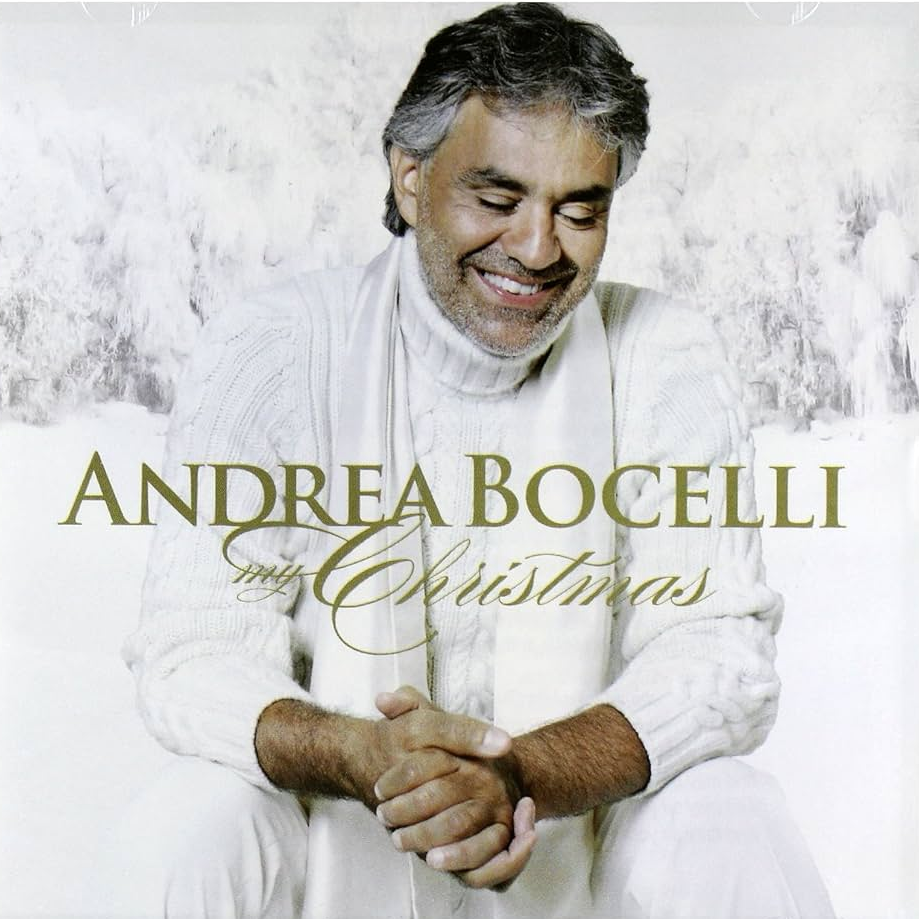
Each Christmas, certain carols pull ahead in the race for most streams. Spotify, YouTube, and the BBC publish regular counts, helping to map what the public actually hits play on. The top five this year show a mix of tradition and fresh arrangement, offering something for everyone.
Here are the five most streamed carols in England for 2024, their standout version or artist, and approximate streaming numbers based on the latest platform data:
- Silent Night (King’s College Choir)
- O Holy Night (Andrea Bocelli)
- Fairytale of New York (The Pogues & Kirsty MacColl)
- O Come All Ye Faithful (St Paul’s Cathedral Choir)
- All I Want for Christmas is You (Maria Carey)
Streaming charts show the clear staying power of traditional carols. However, pop Christmas tracks sometimes squeeze in. The mix in the top five highlights both England’s love of heritage and an openness to new voices and production styles.
Spotify and BBC Sounds playlists boost classic choral arrangements, especially in December. Choirs like King’s College Cambridge and St Paul’s remain listener favourites. Meanwhile, YouTube brings millions to pop-friendly and contemporary covers, from Sam Smith’s soulful takes to stripped-down acoustic versions by indie artists.
Influence of TV and Film
TV and film have a huge effect on which carols and Christmas songs become seasonal standouts. When a tune features in a classic Christmas movie or special, millions suddenly hear it—sometimes for the first time, sometimes as a welcoming tradition.
For instance, the film “Love Actually” made Mariah Carey’s “All I Want for Christmas Is You” a British December classic. The school concert scene helped the song find a fresh audience every year, and any carol included in these hit moments sees a clear spike in streams and downloads as soon as the credits roll.
Christmas specials from shows like “Doctor Who,” “Gavin & Stacey,” or “The Vicar of Dibley” often weave traditional carols into key episodes. When a choir sings “Hark! The Herald Angels Sing” or “O Holy Night” during a moving or funny scene, viewers race to find that version online.
BBC’s Christmas Eve broadcasts, including the King’s College “Nine Lessons and Carols” service, bring millions together to hear ancient carols each year. The solo opening of “Once in Royal David’s City” reliably tops streaming minutes right after the airing, with listeners keen to hear it again or share it with others.
There’s something about hearing a carol in a favourite film or show that brings it to life in a new way, adding a layer of memory to the melody and boosting it up the streaming rankings.
How Carols Are Shared Today
The way people sing and share Christmas carols in England keeps changing. Neighbours might not go door to door as much, but the love of a good singalong is still strong. Whether it’s the roar of a choir in a church or a catchy carol on your phone, new ways of sharing are popping up each year.
Choirs and Community Events
Every December, choirs big and small spring into action across towns, villages, and city halls. Local groups fill packed churches, chilly parks, or even shopping centres with hearty carol programmes that mix classics with one or two modern pieces.
A typical Christmas concert might feature a run of favourites:
- “Hark! The Herald Angels Sing”
- “O Come All Ye Faithful”
- “Silent Night”
- “Once in Royal David’s City”
Some choirs add in folk tunes or even contemporary songs to keep the set list fresh. Audiences love familiar pieces with an upbeat encore like “Ding Dong Merrily on High” to send them out smiling.
Charity performances remain at the heart of community carol events. Many concerts raise money for local food banks, hospitals, or children’s charities. Carol singers might collect coins after a performance or set up an online donation link these days.
Other popular forms of choir sharing include:
- Open-air singalongs in parks or town squares, especially after the Christmas lights are switched on.
- Care home visits, where choirs perform gentle carols for elderly residents who may not be able to join public events.
- Pub or community hall sessions, bringing neighbours together over mince pies and mulled wine.
Even though fewer people go door to door now, community choirs keep the tradition alive in bigger, more organised bursts of song.
School Carols and Classroom Activities
For children, carol singing often starts in the classroom. Most primary schools build Christmas music right into December. The national curriculum encourages singing, and carols are some of the most popular group songs thanks to their simple tunes and stories.
Teachers sometimes teach actions or simple percussion parts (like tambourines or bells) to keep everyone involved, turning the lesson into a proper festive event.
The highlight for most children is the annual school Christmas concert or nativity play. Every year, families pack the school hall to hear classic carols sung with plenty of excitement (and sometimes a few nervous solos). After weeks of practice, kids beam with pride when they sing out the first lines of their favourite songs.
Many schools record concerts so parents can share them with relatives. Some send out clips in newsletters or upload photos and songs for families to enjoy at home.
Ever Read the Book ‘A Christmas Carol?’

A Christmas Carol remains one of the most read books of Charles Dickens, who often focused on how the poor suffered in society (for non-literary peeps, he wrote the book that inspired the musical Oliver!)
His book began as a ‘social manifesto’. And although it did not make him much money at first, soon after publication real-life scrooges began to make charitable donations.
Charles himself had a heavy childhood, being sent to work age 12, due to his father (who raised him in Portsmouth) being so in debt that he was actually sent to prison.
This of course gave Charles good fodder to try to inspire change for the downtrodden, through his written work. Although he eventually became a rich man, he never forgot his roots and the poverty he endured.
Later on in life, he founded a refuge for ‘fallen women’ (which basically meant prostitutes, and any other women who had been disowned by their families or imprisoned for living on the streets).
There the women would learn to read and write, and usually then emigrate to start new lives. He personally interviewed each women before admittance, insisting that each one was to ‘be treated with the greatest kindness’.
A Christmas Carol is the story of miserly Ebenezer Scrooge, who won’t even pay money for coals to keep cold people warm (sound familiar in the present political climate?)
Always offering excuses, one night he sees a ghost of his dead partner, who basically persuades him (mostly through fear) to change his ways.
Ebenezer then meets crippled Tiny Tim (a kind and happy boy) and is inspired by all the happiness around him, of those less fortunate than himself. He then decides to change his ways, and finds peace for the first time.
A Creativity Retelling of the Nativity

One Wise Sheep is a creative retelling of the Christmas story, from the perspective of one wise sheep! With an undercurrent message to young readers on forgiving quarrels.
Tonight, the sheep can’t sleep. The pasture is floodlit by a strange new star, and their shepherds have disappeared to visit a new-born child.
So the sheep set off to find their shepherds and see this child too, the quarrelsome flock pulling together to find their shepherds and the child. The German author wrote this book, after noticing that when the shepherds visit Jesus, no mention is made of the sheep!
While Nativity Plays tell the story of the birth of Jesus, Passion plays tell the story of the Easter resurrection. These are usually performed in the open air, with spectators following the actors.
The wonderful French-Canadian film Jesus of Montreal is based on a group of actors performing a Passion Play.
Moo Free Vegan Advent Calendars
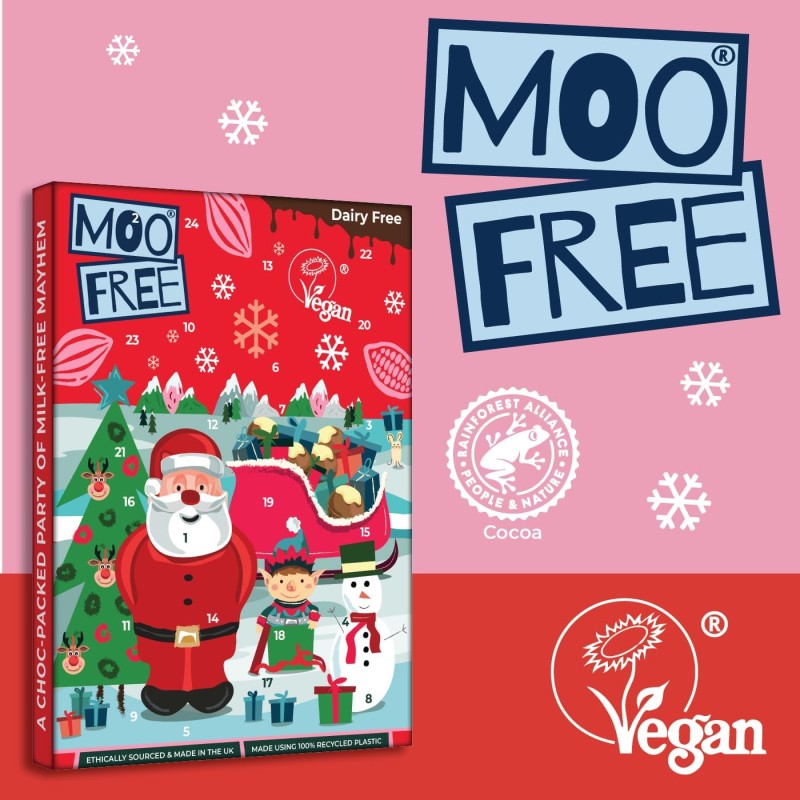
Advent calendars are a great example of the complete consumerist waste evident during the festive season. Advent is the celebration for Christians of the birth of Christ, which for over 1600 years has been celebrated beginning on the 4th Sunday prior to Christmas.
But rather than buying factory-farmed dairy chocolates with palm oil and refined sugar in plastic calendars, choose zero-waste and kinder versions.
Moo Free Chocolate offers Christmas vegan choccy gifts, all in easy-to-recycle packaging. Made with rice milk, these all taste like dairy milk, though they’re not!
Keep chocolate away from pets. You can recycle packaging at supermarket bag bins, if your kerbside does not recycle.
Conclusion
England’s favourite Christmas carols reveal so much about what makes the season special. These songs have deep roots, passed down through churches, family gatherings, and lively playgrounds. Classic carols like “Silent Night” and “O Come All Ye Faithful” sit happily alongside newer twists, showing that tradition and creativity can share the same stage.
The ways people sing and share carols have changed with time, but the feeling stays the same. From choir stalls and school halls to TikTok videos, carols still bring people together and help everyone feel part of something bigger. They’re more than just songs—they’re part of the fabric of a classic English Christmas.
Everyone has their own favourite line or tune that brings back memories. What’s yours? Share your go-to carol or the verse that makes you smile in the comments below. Thank you for reading, and happy singing this Christmas.

